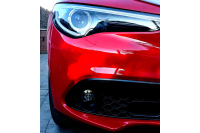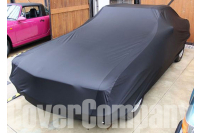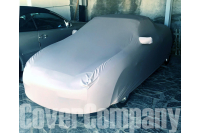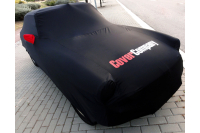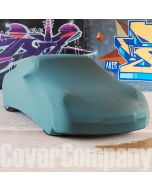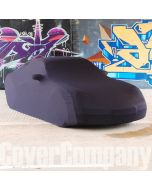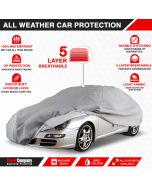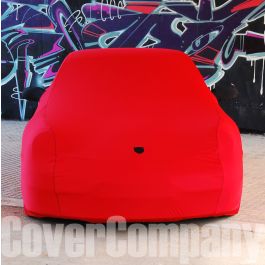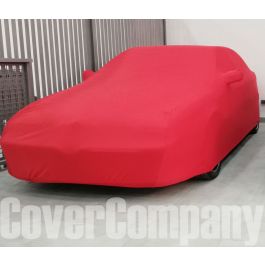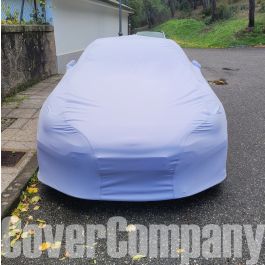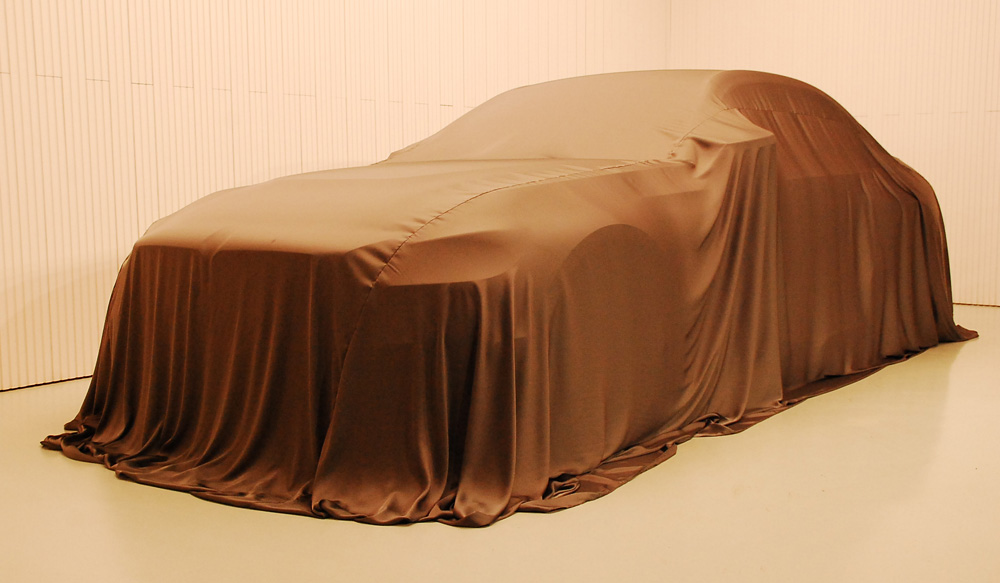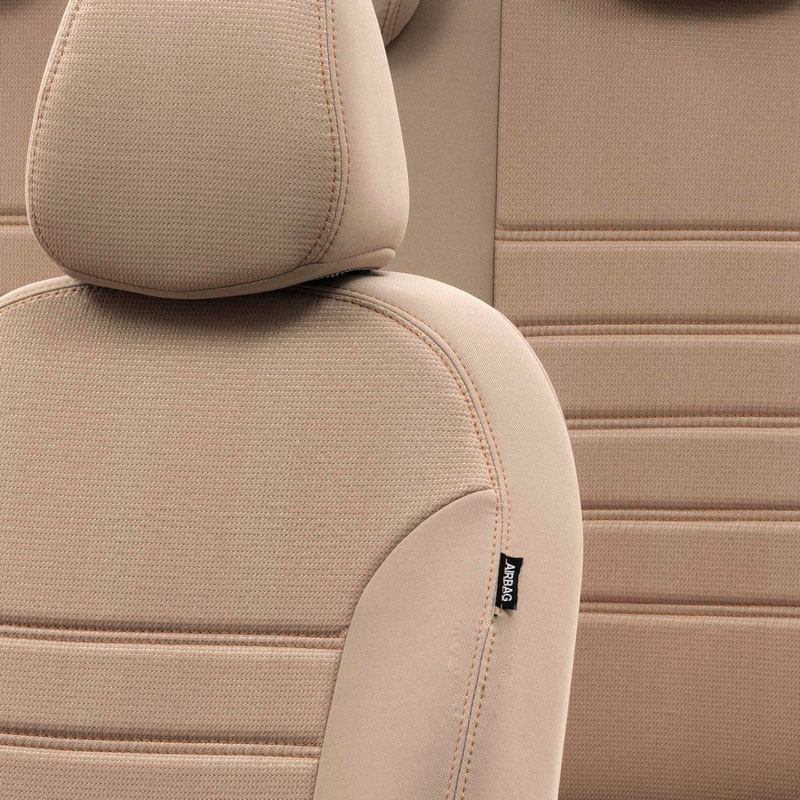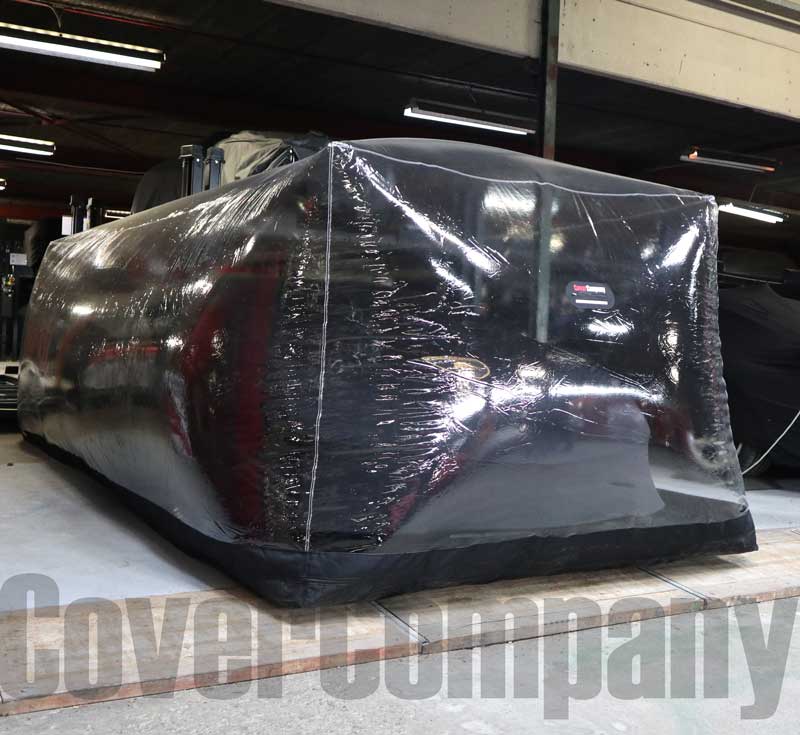Shop now.Pay it in 4.

Clearpay is unregulated credit.
Use responsibly.T&Cs & late fees
apply at clearpay.co.uk/terms
How to choose a car cover that won´t scratch your car´s paint
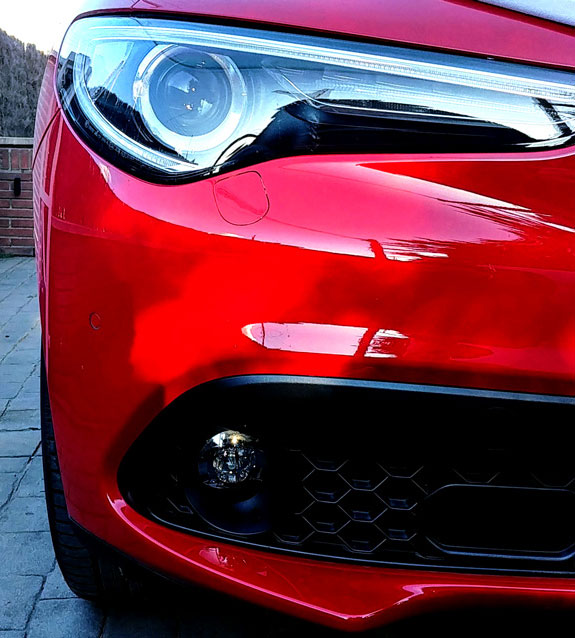 Microscratches on a car's paint can affect its appearance by reducing the shine and overall smoothness of the surface. Over time, these small scratches can accumulate and create a dull or hazy appearance on the paint.
Microscratches on a car's paint can affect its appearance by reducing the shine and overall smoothness of the surface. Over time, these small scratches can accumulate and create a dull or hazy appearance on the paint.
The scratches' depth and visibility depend on the damage's severity and the car's colour. For example, light-colored cars often show scratches more easily than dark-colored cars. Additionally, the direction of the scratches can also impact their visibility. Scratches that run parallel to the light source will often reflect light differently and be more noticeable than scratches that are perpendicular to the light source. To maintain the appearance of your car, it is important to avoid causing or worsening any scratches, and to regularly wash and polish the paint.
Which materials to choose on your next car cover
When choosing a car cover, look for one made of a soft, non-abrasive material such as cotton, polyester or flannel. Avoid covers made of materials that are rough or have a rough texture, such as canvas or plastic, which can scratch your car's paint. Additionally, look for a cover with a soft, non-scratchy inner lining to further protect your car's finish. It's also important to ensure the cover fits well and has nosharp edges or seams that could potentially scratch the paint. Here are some steps you can follow to avoid causing microscratches:
- Choose a cover made of soft materials like cotton, flannel, or polyester, which are less likely to scratch the paint.
- Ensure the cover fits well and is not too tight or loose, as an ill-fitting cover can cause the fabric to rub against the paint and create scratches.
- Avoid covering the car when it is dirty, as dirt or debris on the car's surface can cause scratches when covered.
- Make sure the cover has a soft inner lining, and avoid covers with sharp edges or seams that could scratch the paint.
- Take care when putting the cover on and removing it from the car, as sudden movements or rough handling can cause scratches.
- Waxing: Waxing your car's paint helps to create a protective barrier that reduces the risk of scratches and other forms of damage. The wax fills in microscopic pores and provides a smooth surface that makes it harder for dirt, dust, and other particles to adhere to the paint, reducing the risk of scratches.
Snow and microscratches
Snow can cause microscratches on your car's paint if it is not removed properly. Here are some tips to avoid snow-related microscratches:
- Brush off snow gently: Use a soft-bristled brush or snowbrush to remove snow from your car's surface. Brushing too hard or using a stiff-bristled brush can cause scratches.
- Avoid using hot water: If you need to melt snow on your car, use lukewarm water instead of hot water, as hot water can cause the metal to expand and contract, potentially causing microscopic cracks and scratches.
- Use a high-quality car cover: Covering your car with a soft, non-abrasive car cover can protect it from snow and other elements that could cause scratches.
- Keep the car in a garage: Parking your car in a garage or covered area will protect it from snow and other elements that could cause scratches.
A car with a smooth, scratch-free paint finish will generally have a more attractive appearance, which can increase its perceived value and make it more appealing to potential buyers. Scratches can also weaken the paint and increase the risk of rust or other types of damage, which can decrease the overall value of the car.
Follow those tips and you can help reduce the risk of microscratches on your car's paint and maintain its appearance and value over the long term.
What Our Customer Are Saying...
-
PERFECT PROTECTION GOLDWING 1500 By: Gilles COHARD
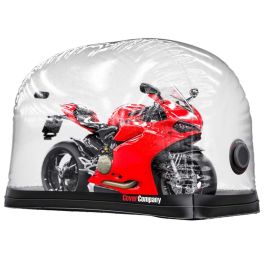 Very satisfied with this indoor size L cover (2.8 m x 1.2 m x 1.6 m) for the Goldwing 1500. Unfold carefully as the package is vacuum-sealed and the transparent part is very sticky. I installed it by myself. Be careful to position the antennas correctly. Consider using protection under the center and side stands to preserve the cover. No instructions in French. This cover is not cheap, but it really does the job. I highly recommend it. CoverCompany responds quickly to questions, which is much appreciated.
Very satisfied with this indoor size L cover (2.8 m x 1.2 m x 1.6 m) for the Goldwing 1500. Unfold carefully as the package is vacuum-sealed and the transparent part is very sticky. I installed it by myself. Be careful to position the antennas correctly. Consider using protection under the center and side stands to preserve the cover. No instructions in French. This cover is not cheap, but it really does the job. I highly recommend it. CoverCompany responds quickly to questions, which is much appreciated. -
Decent quality for the price By: Paul
 Cover is good quality. Being a standard fit cover it's designed to fit large SUV vehicles which is slightly too big for a Stelvio, but it's better that it's oversized than too small. It's never going to fit back into the storage bag or case that came with it so will have to find another way of storing it which is disappointing. Took about 10 days to get to the UK. - Answer by Cover Company: Thanks for your feedback Paul. The package includes an additional storage bag to store the cover once it has been used,
Cover is good quality. Being a standard fit cover it's designed to fit large SUV vehicles which is slightly too big for a Stelvio, but it's better that it's oversized than too small. It's never going to fit back into the storage bag or case that came with it so will have to find another way of storing it which is disappointing. Took about 10 days to get to the UK. - Answer by Cover Company: Thanks for your feedback Paul. The package includes an additional storage bag to store the cover once it has been used,

